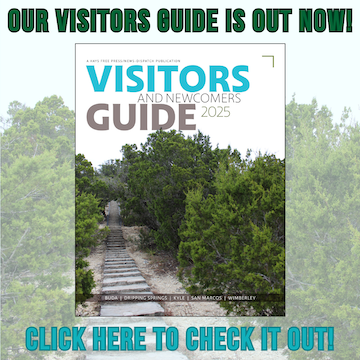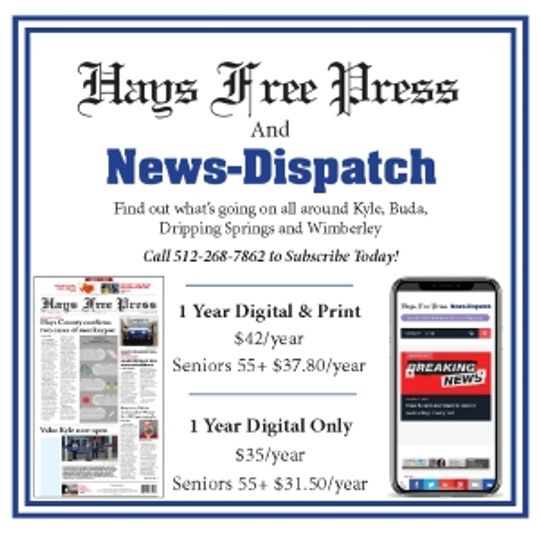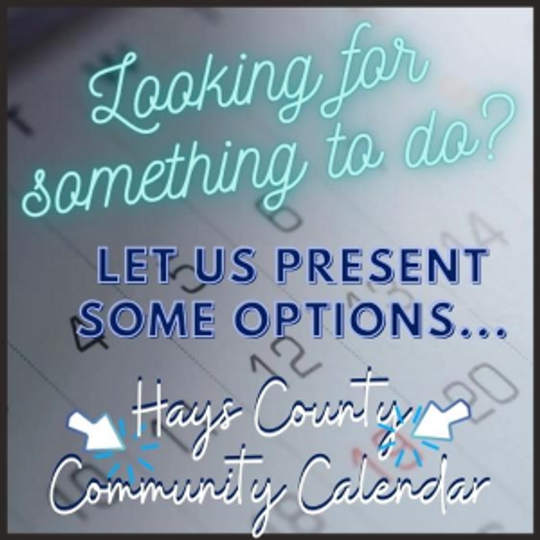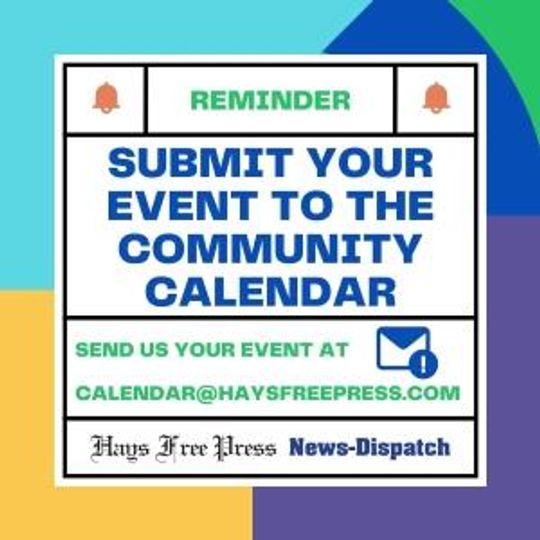Submitted report
Is it dark outside? Is it really dark? Darkness is a good thing for the environment as well as your emotional and physical wellbeing. The reasons why disappearing “dark skies” can adversely affect plant and animal life (including humans) will be explained Nov. 7 when nationally recognized conservationist and author Paul Bogard joins Cindy Luongo Cassidy to discuss the impact of artificial light on the environment and its inhabitants.
Bogard and Cassidy will present a “Save the Night” lecture and question-and-answer session to examine the impact of nighttime artificial light on your physical, mental and spiritual health. Bogard is the author of the book The End of Night: Searching for Natural Darkness in an Age of Artificial Light (called a “lyrical and far-reaching book” by the Boston Globe) and will sign copies of his book after the lecture.
In his book, Paul reminds us that, “A starry night is one of nature’s most magical wonders. Yet in our artificially lit world, three-quarters of Americans’ eyes never switch to night vision and most of us no longer experience true darkness.”
‘Save the Night’When: Nov. 7, 7-8:30 p.m.Where: The Witliff Gallery at the Alkek Library, Texas State University |
Cassidy, who specializes in consultation services to reduce light pollution, is a member of the Hill Country Alliance “Night Sky Team” and a Hays County Master Naturalist. She will discuss the effects of artificial light on the natural world. “Almost every living thing on our planet uses the cycle of light and dark to trigger life processes,” Cassidy noted. “Humans have come to depend on artificial light for nighttime activities.”
How does artificial light at night affect us as well as all fauna and flora?
“We know what death by bulldozer looks like. It’s hard for us to see what habitat destruction by artificial light looks like. This program helps us understand the effects of artificial light on living things, including ourselves, and how we can reduce the negative effect of our lights.”
Bogard and Cassidy will share how to make small changes in illumination that result in helping to restore the brilliance of the stars to Hill Country skies. “A dark night sky full of big bright stars is important here in the Hill Country, just like clean rivers, scenic vistas and natural landscapes,” says Cindy.
Sponsored by the Hill Country Alliance in conjunction with Texas State University Common Experience, Department of English and Honors College, “Save the Night” takes place from 7-8:30 p.m. Nov. 7, at the Wittliff Gallery at the Alkek Library, Texas State University. The event is free and open to the public.















